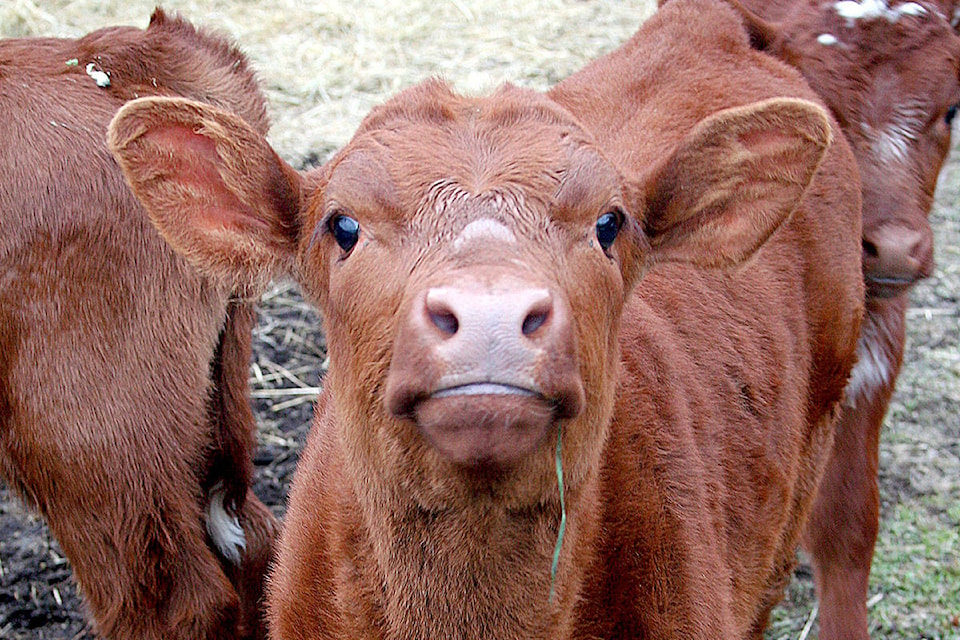We recently had our vet check our cows to see if they were “in calf” or “open.” We consider this a good investment because we can take the infertile ones out of our herd.
I have said here before that, from my reading of the research on the economics of the cattle industry, that reproductive performance is the single most important determinant of profitability.
We ranch and farm to make a living, not to subsidize food for others. Working off farm is common and is undertaken to maintain a lifestyle, or to invest in paying for the farm. It is also a way to invest in the farm or to put money aside for retirement.
It is never too early to teach young people about the business side.
There are many production skills that can be taught early. One of these skills is handling livestock.
Learning about appropriate (sometimes simple technologies, not just the latest fad) technologies can keep the kids interested. However, it is the costs of production that will determine viability as a business.
As good as 4-H is for kids, it teaches them about niche marketing. They get premium prices at the sales for their animals, but it doesn’t focus on the general commodity livestock business.
Read More: RANCH MUSINGS: The big test and how do we prepare for it?
That mostly has to be done from home.
If we as adults and business managers don’t know our cost of production we should know where to look to keep costs down. Yes, good product can bring a few cents a pound more but most of the production goes into the big commodity market.
People directly marketing finished (cut and wrapped) meat, may be able to get a little more provided they can afford to truck livestock a couple hundred miles to a slaughter house. However, our local markets are not big enough to take but a small percentage of our production.
Kids can be encouraged to keep their own numbers and share in discussion about the cost structure of the business.
A bunch of us were talking the other day about the need to stay focused on economic viability because if there is a decent living to be made in ranching then young people will want to enter or stay in the industry.
There is another proviso here, which is that they must have experienced the joys of the business and lifestyle, not just the tribulations: it is hard work and nature and government can throw some hard balls our way.
Our recent experience involving the grandkids and a neighbour child in the preg checking was instructive.
They learned not to stand or swing on gates (the ground is soft and the gates will sag). I hate pushing gates that touch the ground.
The really liked to carry the stock pod which is used for emergencies thinking they might have a magic sword and they might like to prod an unsuspecting cousin. They learned it was not a toy and really only has to be used occasionally.
The really big lesson was when the vet allowed them to look at the tiny calf inside the mother cow by looking through the glasses and seeing the image on the ultrasound scope.
Read More: RANCH MUSINGS: Agriculture Days – or is it Daze?
They also learned about moving the cattle through the handling facility. They said that was fun too. When they can read and write (even before) they can start the chore of record keeping
It all takes time and we must do that, even though we are often pressed for time.
About cost of production calculations, the Cariboo Cattlemens Association and the government are sponsoring a workshop on Nov. 29 in Williams Lake from 8:30 a.m. to 12:30 p.m. at Thompson Rivers University. Cost is $ 35.
Space is limited. Contact cariboocattlmens@gmail.com or call Ang at 604-243-8357. Bring your financial information and work on your own business or share with others. We can be an example to the next generation.
David Zirnhelt is a rancher and member of the Cariboo Cattlemen’s Association. He is also chair of the Advisory Committee for the Applied Sustainable Ranching Program at TRU.
